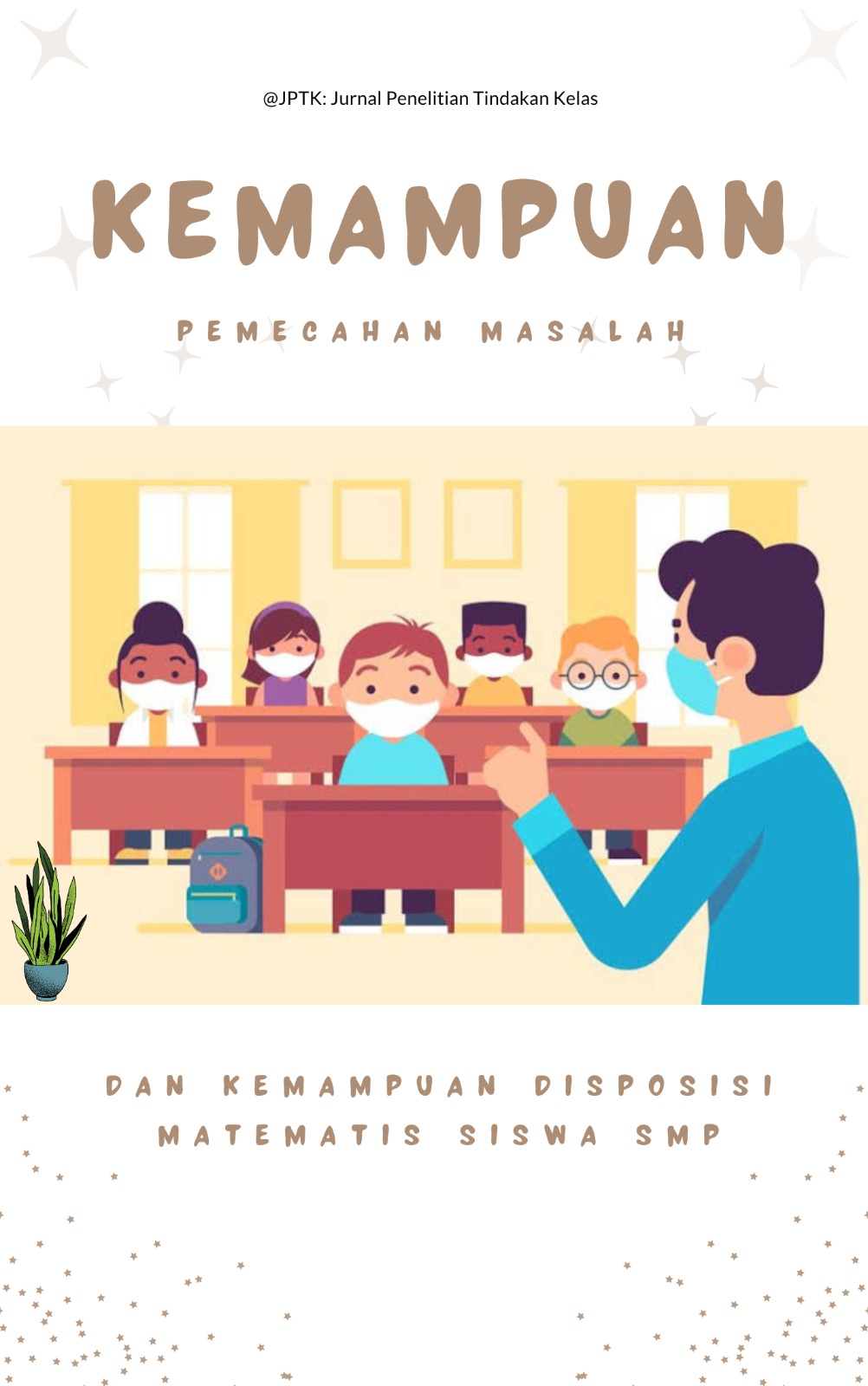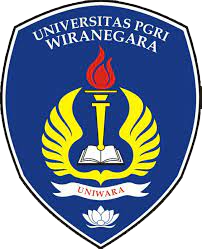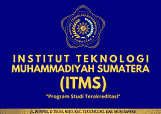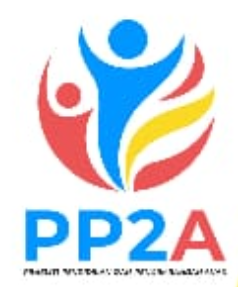Analisis Kemampuan Pemecahan Masalah Dan Disposisi Matematika Siswa Pada Materi SPLDV
Keywords:
Disposisi Matematika, Pemecahan Masalah Matematika, SPLDVAbstract
Dalam penelitian ini penulis menganalisis tentang kesulitan siswa dalam kemampuan pemecahan masalah matematik serta untuk mengetahui disposisi matematika siswa pada tiap butir pernyataan. Tujuan penelitian ini adalah untuk menganalisis dan mengkarakterisasi kemampuan pemecahan masalah dan disposisi matematis siswa dalam penerapan materi SPLDV di. Jenis penelitian ini adalah penelitian deskriptif kualitatif yang menganalisis kemampuan pemecahan masalah siswa. Ada 36 siswa dari SMP yang berpartisipasi dalam penelitian ini. Instrument penelitian yang digunakan terdiri dari tes dalam penelitian ini untuk mengukur ketrampilan siswa dalam menyelesaikan soal cerita. (1) Tes dalam penelitian ini memuat soal berbentuk essay. Bentuk soal essay dipilih untuk mengumpulkan data mengenai kemampuan pemecahan masalah siswa, (2) Angket yang digunakan adalah angket disposisi matematis, (3) metode observasi dilakukan oleh peneliti selama proses pembelajaran berlangsung yang bertujuan untuk mengamati proses pelaksanaan pembelajaran matematika. Motivasi dan refleksi siswa di kelas mendapat nilai terendah (61%), yang memiliki efek pada indikator lain secara agregat kemampuan pemecahan masalah dan disposisi matematika siswa jauh lebih tinggi dari rata-rata.
Downloads

Published
How to Cite
Issue
Section
License
Copyright (c) 2023 Jurnal Penelitian Tindakan Kelas

This work is licensed under a Creative Commons Attribution-ShareAlike 4.0 International License.

 Universitas Ma'arif Lampung
Universitas Ma'arif Lampung
















